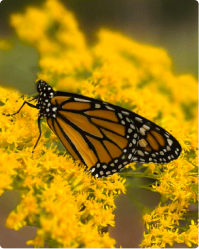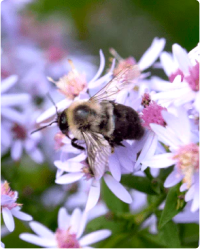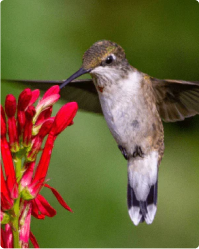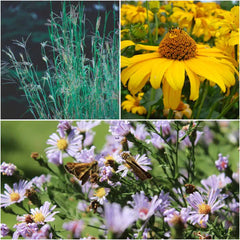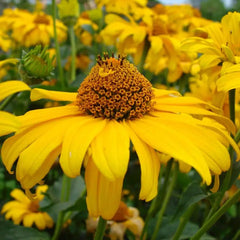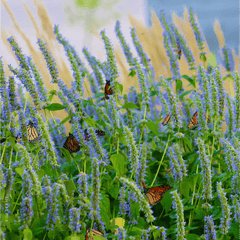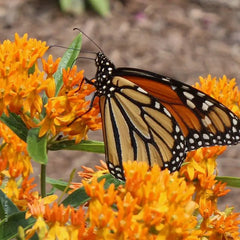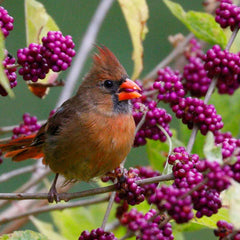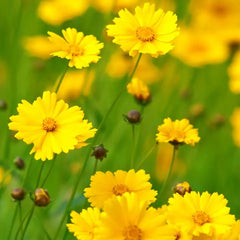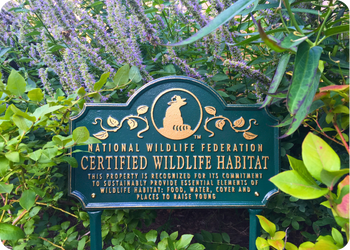- Shop All
- Plant Finder Quiz
- Collections
-
Regions
- Connecticut
- Maine
- Massachusetts
- New Hampshire
- New Jersey
- New York
- Pennsylvania
- Rhode Island
- Vermont
Northeast
- Alabama
- Arkansas
- Delaware
- District of Columbia
- Florida
- Georgia
- Kentucky
- Louisiana
- Maryland
- Mississippi
- North Carolina
- South Carolina
- Tennessee
- Virginia
- West Virginia
Southeast

View Map
- Habitats
- Wildlife
- Our Mission
- On Sale
- New
Plant Native to Bring Back the Fireflies
Several factors, including habitat loss and light pollution, are driving the decline in firefly populations. By dedicating part of your yard to native species, you can help bring back the fireflies. All featured plants in this collection are marked down from June 1-30, 2025 to help you get started!
Our Top Picks
Native grasses and tall flowers that add structure to your garden are some of the most beneficial plants for fireflies.
Filtered By:
Filters
Animal Resistant
Soil Type
Light Conditions
Bloom Type
Plant Height
Plant Type
Soil Moisture
Wildlife Benefits
Flower Color
Price range
0 Products
0 of 0 Products
Be the first to know about sales on native plants
- Why are native plants so important for fireflies?
- What kind of native plants should I focus on to attract fireflies?
- Do specific parts of my yard work better for fireflies?
- Are there any specific native plants that fireflies "eat" or pollinate?
Native plants are crucial because they create the specific habitat conditions fireflies need throughout their entire life cycle. They help maintain the moist environments essential for larvae, and provide the native vegetation that both larvae and adults rely on for shelter, hunting grounds, and mating.
Prioritize native grasses and wildflowers. These types of plants create the ideal meadow-like habitats that firefly larvae and adults prefer. Think about plants that contribute to a slightly damp, undisturbed environment.
Yes, fireflies thrive in damp, low-light conditions. Focus on incorporating native plants in areas that tend to retain moisture and are shielded from bright artificial lights. Think about the edges of wooded areas, beside natural water features, or even just a less-maintained, shadier corner of your yard.
Avoid areas with artificial lighting. Fireflies rely on their bioluminescent flashes to find mates. Artificial light pollution disrupts these signals, making it harder for them to reproduce. To help, try to minimize outdoor lighting at night, especially during the summer months when fireflies are most active. Use downward-facing lights, motion sensors, or switch to amber or red LED lights, which are less disruptive.
Fireflies primarily eat small invertebrates like slugs, snails, and worms, especially in their larval stage. Adult fireflies may consume nectar or pollen from some native plants, but their main interaction with plants is for shelter, breeding, and providing a hunting ground for their prey.
Support your local wildlife.
Help birds, pollinators such as bees, butterflies, other insects, amphibians and small mammals, and reptiles.Have a global impact.
Help create habitats for declining wildlife, reduce urban heat islands and manage storm water runoff.Bring nature home.
There’s no easier place to get a daily dose of nature and the physical, mental and spiritual benefits.Support our mission.
All orders benefit our non-profit to help declining wildlife and expand native plant availability nationwide.

Restore Firefly Habitat with Native Plants
To support fireflies, it's essential to provide a habitat rich in native plants that create ideal conditions for their life cycle, such as moist environments and native vegetation. Native grasses and wildflower meadows provide the perfect habitat for both larvae and adults. To maximize firefly presence, incorporate these native plants in damp areas with low-light conditions, as fireflies are sensitive to light pollution.
Find out what's blooming.
Sign up for updates on new releases, sales, plant care tips, and more.
